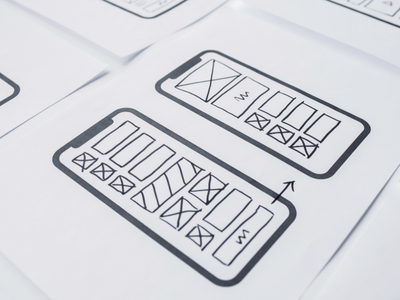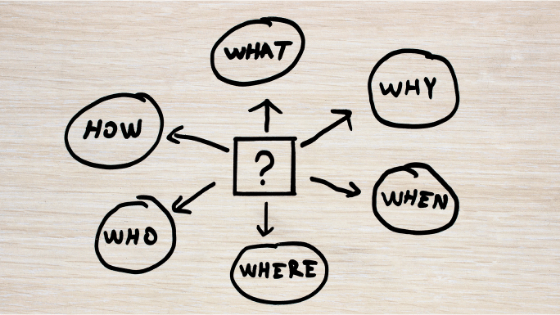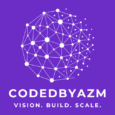7 Tech Startup Checklist Items Before You Code
As developers, many of us fall into the trap of diving into code the moment we get an idea. This startup checklist helps you avoid costly mistakes early on. The logic feels sound — we’re builders, and our instinct is to build. But as someone who transitioned from full-time coder to startup founder, I can tell you this: rushing into code is one of the most expensive mistakes you can make early on.
Code is easier when you already know what you’re building, who it’s for, and why they care. Without that clarity, you’re just throwing features at the wall, hoping one will stick. Startups are hard, and building the wrong thing perfectly is a sure path to burnout. That’s why these 7 startup checklist items are must-dos. They’ll save you time, energy, and heartache, and give your startup a real shot at success.
1. Understand the Problem Like a Founder – A Key Startup Checklist Item

When we see a problem, our natural instinct as developers is to fix it immediately — write a script, spin up an API, push a hotfix. But founding a startup isn’t about fixing things for yourself — it’s about deeply understanding a problem others face and determining whether it’s painful enough for them to pay for a solution.
This means stepping away from your IDE and spending time in conversations. Talk to real people, reach out to communities, and ask open-ended questions. Listen more than you speak. You’re not looking for validation — you’re hunting for frustration. When users say things like, “I hate doing this every day,” or “If someone could just solve this part of my workflow…,” that’s gold.
Document everything. Patterns will emerge. You’ll start to see what really matters. This foundational insight sets the direction for everything else.
2. Define the MVP – Ruthlessly

The idea of a Minimum Viable Product (MVP) is often misunderstood. It’s not your dream app with ten features, nor your long-term roadmap packed into one sprint. Your MVP is the bare minimum version that delivers the core value to early users.
This is hard. As builders, we see the potential and want animations, dashboards, user roles, and integrations. But the startup game rewards speed and focus, not polish. Defining an MVP means asking, “What is the smallest possible product that proves the core value works?” Then strip away everything else.
Focus on the must-have features that solve the key problem. This approach speeds up feedback, reduces wasted effort, and lets you test your core hypothesis quickly.
3. Choose Your Tech Stack for the Long Haul
Your tech stack is more than personal preference — it’s a strategic decision impacting hiring, scaling, maintenance, and how fast you can ship. It’s tempting to pick what you know best, but as a founder, think ahead.
Will your stack be easy to maintain as your team grows? Is there strong community support and a large talent pool for this tech? Can it handle your expected user base and data volume a year from now?
Choosing wisely upfront avoids painful migrations later. It’s not just about building fast now — it’s about building smart for the future.
4. Architect Before You Build

Before writing production code, architect your app. This doesn’t mean a 50-page document, but a clear blueprint is critical. Think of it like a house plan — would you start building without one?
Decide the overall structure: monolith or microservices? How does data flow through your system? What’s the folder structure? How will you handle authentication, versioning, deployment?
A well-thought-out architecture saves headaches, allows parallel work, and prevents costly refactors later.
5. Design the UX/UI — Before You Touch HTML or Flutter
Many founders skip early design thinking, saying “I’ll build first, then polish later.” But bad design kills usability. Users won’t give your product a second chance if it’s hard to use.
Start by mapping user journeys. What does the user want to do first? How do they navigate from A to B? Use tools like Figma or simple paper sketches to plan key screens. You don’t need pixel-perfect designs — just clarity on the user experience.
Good design increases retention and satisfaction, key for early traction.
6. Sketch Out a Sales Plan (Yes, Before You Build)
It may feel too early to plan sales while validating your idea, but it’s crucial. Building a product and assuming customers will show up is a startup death trap.
You don’t need a complex go-to-market plan, but know who you’re targeting, how you’ll reach them, and what you’re selling. Is it B2B or B2C? Self-serve or demos?
Having a sales plan early ensures you build a product that has a clear path to customers and revenue.
7. Know Your Ideal Customer (Deeply)
If you think your product is “for everyone,” it’s probably for no one. Successful startups start with laser focus on a very specific user type.
This goes beyond demographics. Know your user’s world: their job, frustrations, current tools, workflows, and what would simplify their life.

The deeper you understand your ideal customer, the better you can tailor your product and marketing to meet their needs and stand out.
Conclusion- Startup checklist
Writing code is the fun part — but startup success lies in the work you do before that. As developers, we want to build features fast, but as founders, we need to plan, test, and validate first.
These 7 checklist items shift your mindset from coder to founder, helping you reduce costly mistakes and create a product people actually need.
💬 Have questions or lessons from your own founder journey? Drop them in the comments — I’d love to hear from you.
FAQs
References & Further Reading
Here are some hand-picked resources to dive deeper into the essentials for first-time founders:
👉 The Lean Startup by Eric Ries – The MVP and rapid iteration bible
👉 Y Combinator’s Startup Library – Free guides from top mentors


